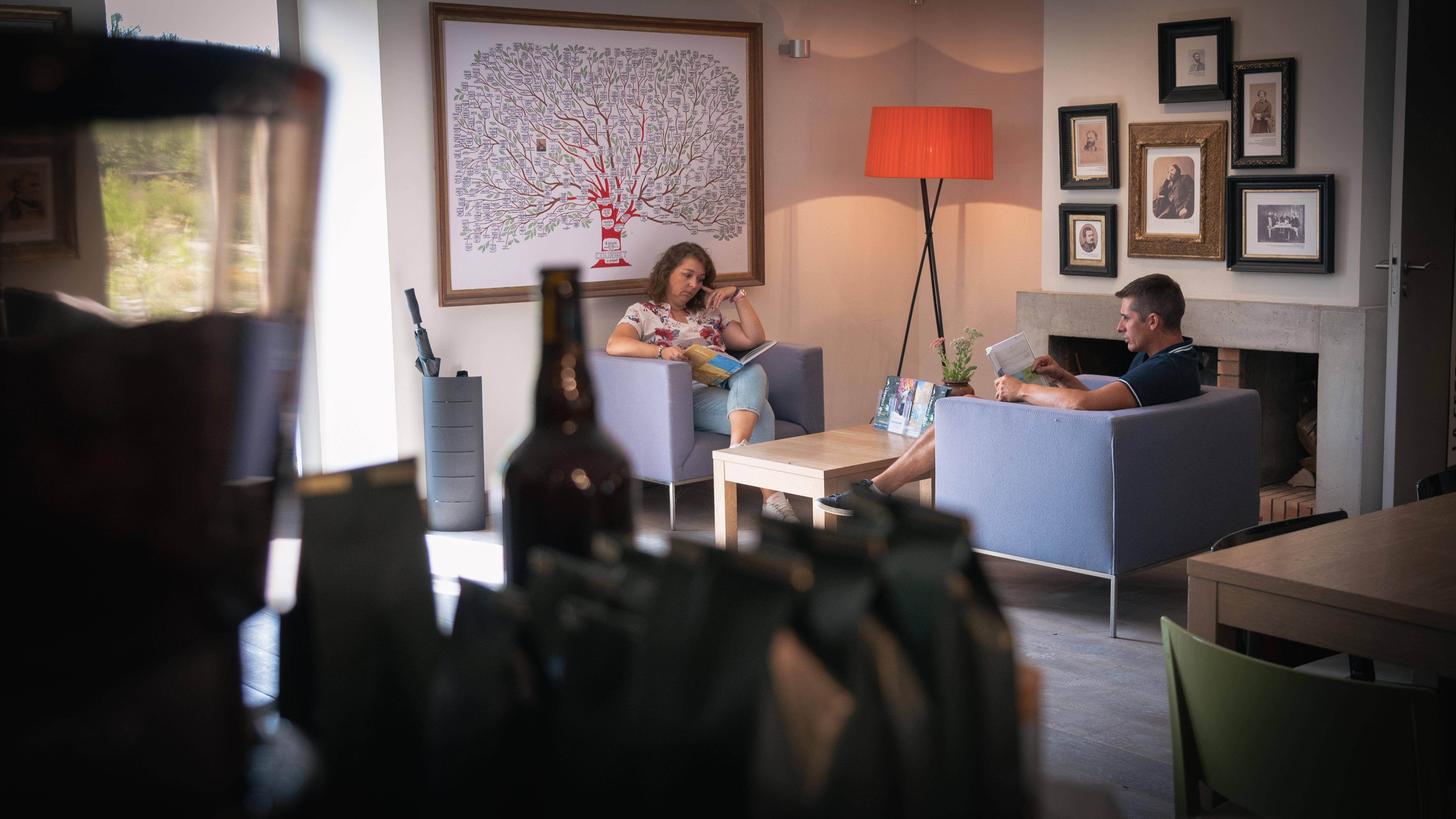The Courbet family and Flagey
Situated 15 minutes from Ornans, Flagey is a small village of less than 200 inhabitants. In the 19th Century, Gustave Courbet and his family were all very attached to the village. The inhabitants and the rural landscape, such as the famous Oak, greatly inspired the master of Ornans, who made Flagey famous throughout the world.
Régis, a man of influence
In one of his letters, Gustave Courbet referred to his father as the mayor of Flagey. However, there is no trace of this political commitment in the village registers. Nevertheless, Régis Courbet was a man of influence and well respected in the village. He was described as a “well-to-do landowner” in the 19th Century land registry documents that list his property.
A life between Ornans and Flagey
The farm, bought by the painter’s grandfather in the 18th Century, went through a number of difficult episodes, including a fire on 2 August 1827 “caused by fire from the heavens”. The village council decided to grant Régis Courbet fifteen oak trunks “to help him rebuild his house”. While the house was being rebuilt, the family lived for several years in Ornans, at the Hôtel Hébert in particular; Gustave Courbet was between 10 and 15 years old.
In the 19th Century, life on a farm meant living with the seasons. The Courbet family spent more time there in the spring and summer, but sometimes spent the winter there. Family life was therefore divided between Ornans and Flagey. Obviously, activities in Ornans were of a more urban variety, while in Flagey, Gustave Courbet and his sisters helped with the work in the fields from their childhood days and were aware of all the customs and practices. Courbet’s attachment to his region stems mainly from his childhood experiences.
Flagey, a source of inspiration for its landscapes
A large number of works by Gustave Courbet demonstrate his attachment to the village and its inhabitants, including the famous Flagey Oak (1864 – Courbet Museum, Ornans) and Flagey’s farmers returning from the fair (between 1850 and 1855 – Besançon Museum of Fine Art and Archaeology). Sometimes, even though the name Flagey is not in the title of the work, you can easily recognise other works inspired by the surrounding landscapes as you walk around the village and the local area.

Gustave Courbet
Le Chêne de Flagey dit aussi Chêne de Vercingétorix, camp de César près d’Alésia
1864
Huile sur toile
Ornans, musée Gustave Courbet
© Musée Gustave Courbet, photo : Pierre Guenat
Juliette Courbet and Flagey
Gustave’s younger sister, Juliette, was the painter’s sole legatee. On the death of her father in 1882, the sole survivor of the family, she left Ornans and Flagey and went to live in Paris. But she never forgot her links with Franche-Comté. In the same year, she paid for the clock mechanism and dials for the church tower in Flagey. She had a strong relationship with the people of the village, saying: “I love the people of Flagey with all my heart… And I want them to enjoy my father’s property, as he loved them so dearly” (sic).
The name “Café de Juliette”, part of the Courbet farm today, was chosen as a tribute to her.

Don’t worry
and stay peacefully in the warm,
if it’s possible in Flagey
Gustave Courbet’s last known letter, 6 days before his death,
to his father and sister, 23 December 1877
An account by the art critic Jules Castagnary, a friend of the painter,
after one of his stays on the farm in Flagey:
It gave off some sort of rustic scent,
a truly pervasive charm.
We loved each other very much there.
It seemed to be the hallmark of the house:
the people that lived in it or visited it
had an equal fondness for simple, natural things…




